Your cart is currently empty!
Mythical Phoenix Tattoos That Rise Again: Secrets from Egypt’s God of Rebirth
Published on
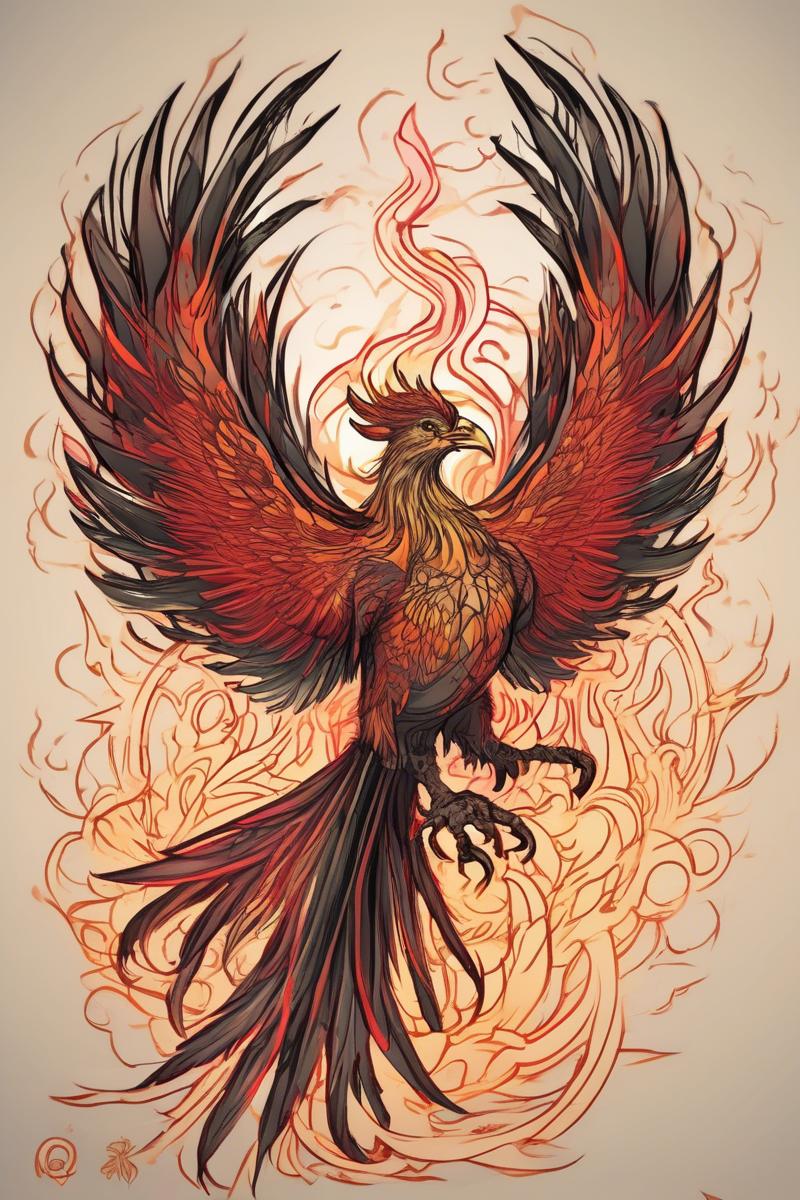
From Egypt’s Sun God to the Rebirth of the Phoenix
Before we knew the phoenix as a firebird rising from ashes, it existed in ancient Egypt as a sacred soul—the Bennu, the heron of the sun god Re. This is where the journey of the mythical phoenix truly begins.
In ancient Egyptian belief, the sun was not just a celestial object—it was a living god named Re, who followed a cosmic rhythm of death and rebirth each day.
“When the sun set in the evening, it descended into the netherworldly Duat… Re united with Osiris in order to be reborn into the dawn.”
— The Book of the Dead, p. 174
During the day, Re sails across the sky on his solar boat. But when night falls, he dies and descends into the underworld. There, he meets Osiris, god of the dead. From this union, Re draws the energy to rise again at dawn. This eternal cycle of sunrise and sunset was not just natural—it was sacred.
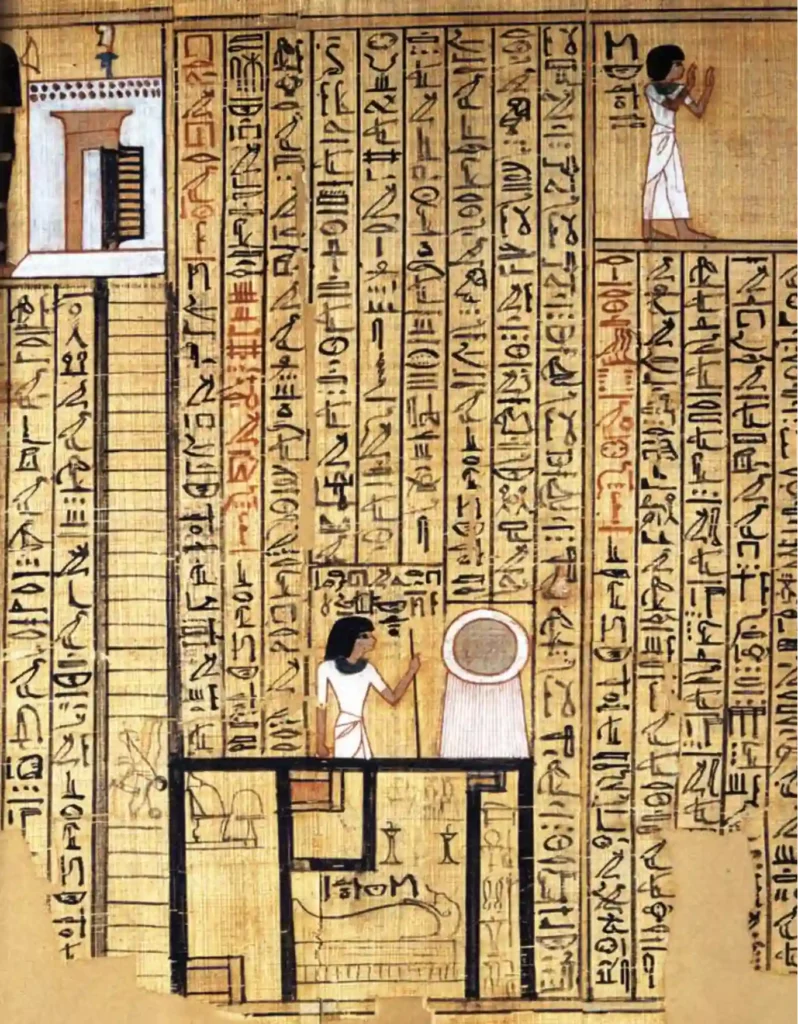
Bennu: The Phoenix of the Nile
This idea of solar rebirth is embodied in the Bennu bird, one of the oldest sacred symbols in Egypt and the direct predecessor of the phoenix myth we know today.
“The heron, also known as the phoenix, is associated particularly with the ba of the sun god.”
— The Book of the Dead, p. 60
The Bennu, often shown as a grey heron with two tall head feathers, perched atop the Benben stone in Heliopolis—the sacred city of the sun. It was believed to be the very first creature to appear at the dawn of creation.
“The Bennu was said to have landed on the first mound to emerge from the primordial waters and let out a cry that broke the silence of the void.”
— Raymond van Over, The Phoenix: An Unnatural Biography of a Mythical Beast, p. 75
The Bennu was more than a bird; it was the ba (soul) of Re himself.
“The Benu is the ba of Re, who rises each day from the sacred tree at Heliopolis, as the soul of Osiris.”
— van Over, p. 110
This spiritual identity gave the Bennu its core traits—return, rebirth, and regeneration. Unlike the phoenix of Greek tradition, which burned in flame, the Bennu was reborn through cosmic rhythm and divine essence.
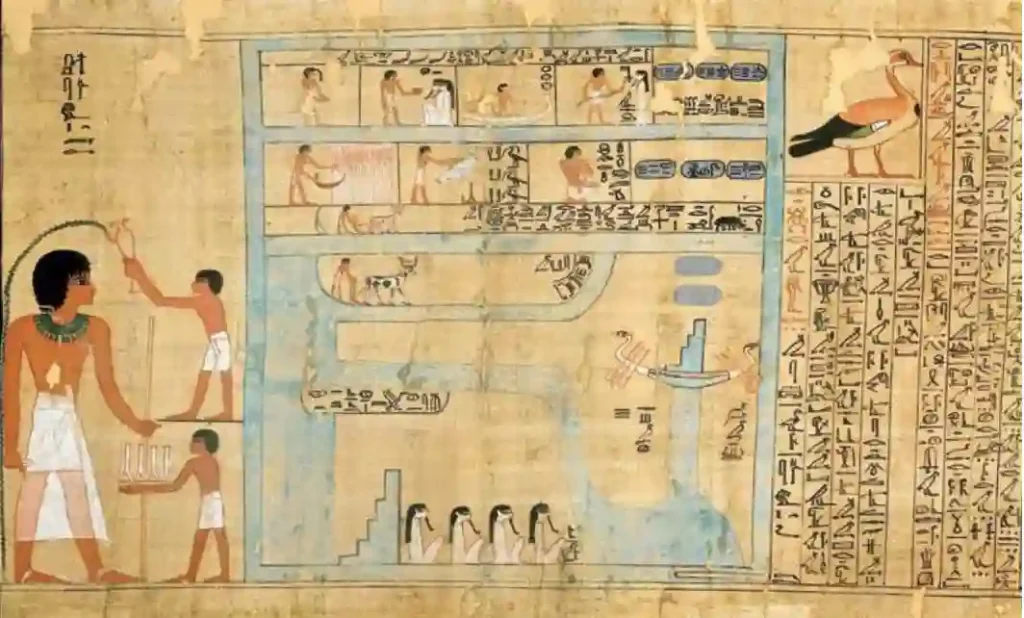
“The texts highlight a close connection between the heron and the primeval act of creation.”
— The Book of the Dead, p. 60
Here we find the root of today’s mythical phoenix tattoos—not merely a firebird, but a creature that embodies time, soul, and sacred renewal.
The Phoenix Before the Flames
Greek historians like Herodotus described the phoenix as a bird “like an eagle in shape and size” that comes from Arabia and dies in fire. But many scholars believe this was a misreading of the Egyptian Bennu.
“The sacred bird of Heliopolis, what Herodotus called phoenix, was undoubtedly the Egyptian Bennu.”
— van Over, p. 108
While the Greek phoenix gained popularity as a symbol of fiery resurrection, its Egyptian ancestor was defined by ritual return and solar rebirth, not cremation. This deeper origin still resonates in tattoo culture today.
Egyptian Myths of Repetition and Return
Egyptian time was not linear—it was cyclical. Everything sacred repeated: birth, death, resurrection.
“Each night, the sun god Re… joined with Osiris… so that each morning, his rebirth reestablished order.”
— The Book of the Dead, p. 62
This philosophy shaped the entire mythological system:
- Birth and death were part of a circular journey.
- The Eye of Horus, damaged in mythic battle, was restored by Thoth, symbolizing healing and return.
- Pharaohs died and passed power in a line that mimicked Osiris and Horus.
- Even the swallow, migrating with the seasons, was considered divine.
“The swallow became a solar symbol of rebirth and renewal of life due to its cyclic occurrence as a migratory bird.”
— The Book of the Dead, p. 61
“Cyclic return in nature—like the swallow’s migration—was seen as divine evidence of cosmic rhythm.”
— Hornung, p. 148
The phoenix doesn’t stand alone—it is part of this larger code of eternal return. Anything that can come back—sun, bird, soul—is blessed.
This is what makes mythical phoenix tattoos so powerful. They don’t just represent survival—they speak to a sacred rhythm.
Conclusion: The Eternal Flame of Ink
The Egyptian phoenix is not a creature of fire—it is a being of rhythm and return, born each day from the waters of time.
“Though shaped by myth and translation, the phoenix as we know it today carries the eternal cycle of the Bennu: from death to renewal, from Re to Osiris, from ash to light.”
— Synthesized from van Over, Hornung, and The Book of the Dead
For tattoo lovers, this isn’t just myth—it’s meaning. If you’re exploring mythical phoenix tattoos, look beyond the flames. Look to the Nile. Look to the stars.
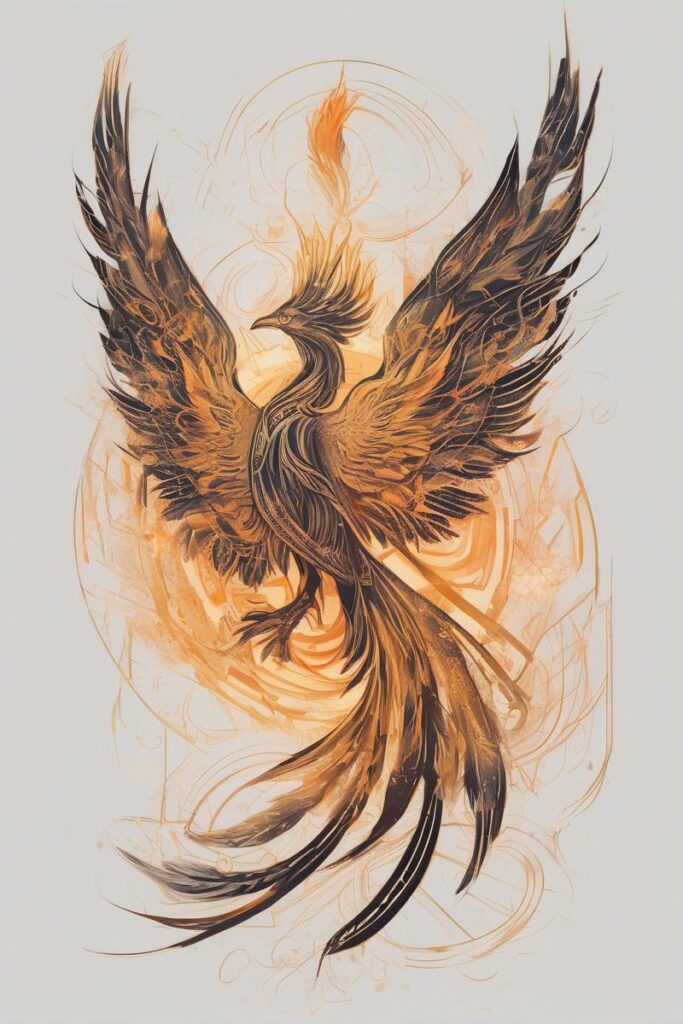
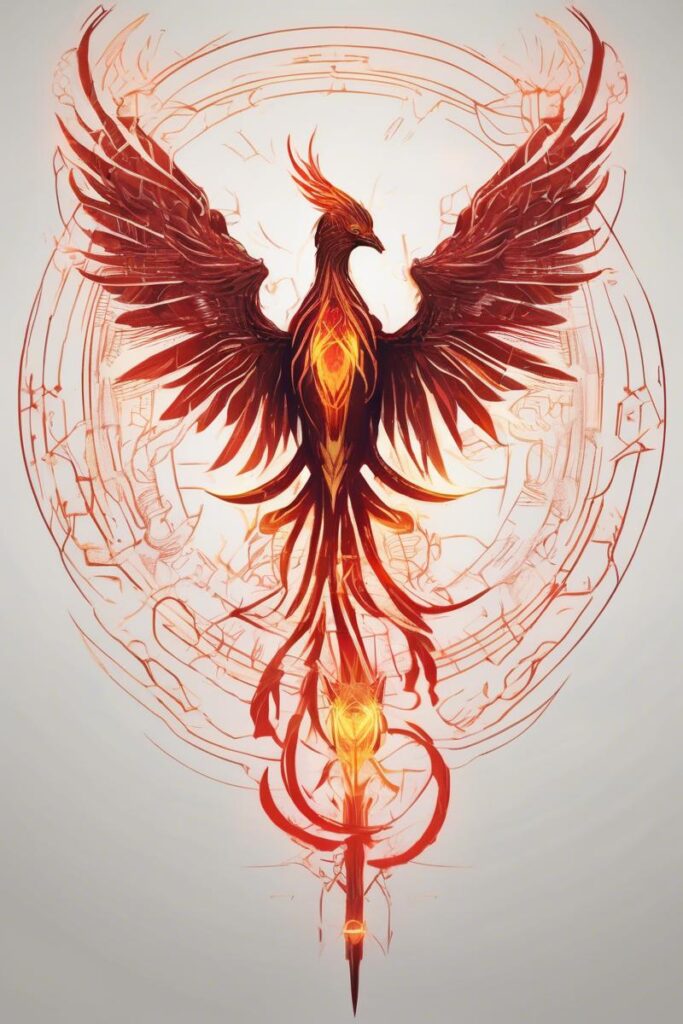
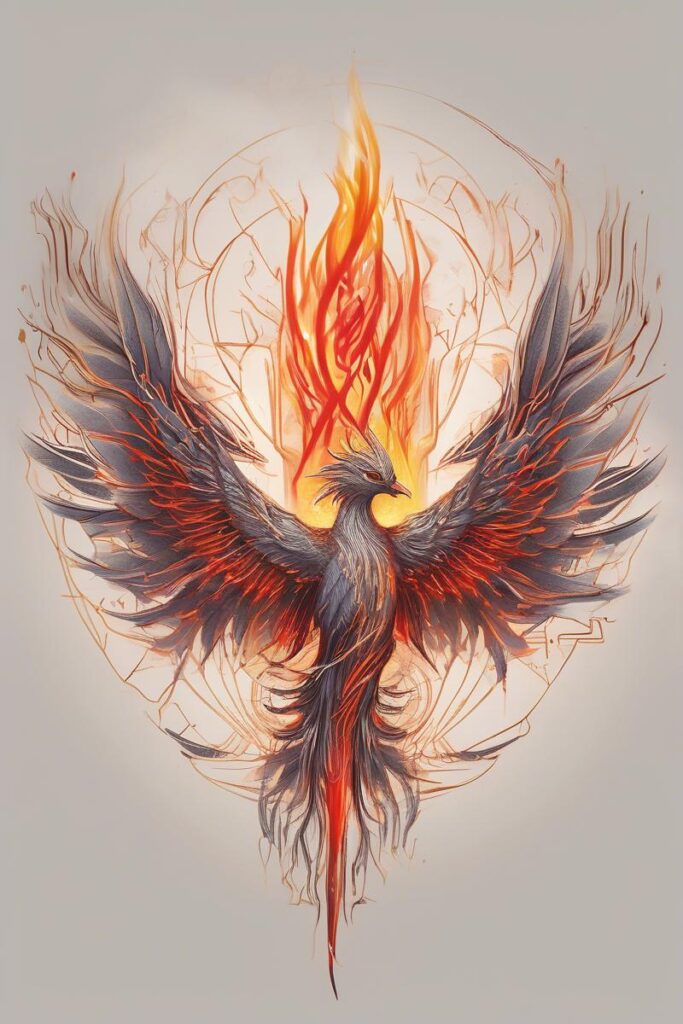
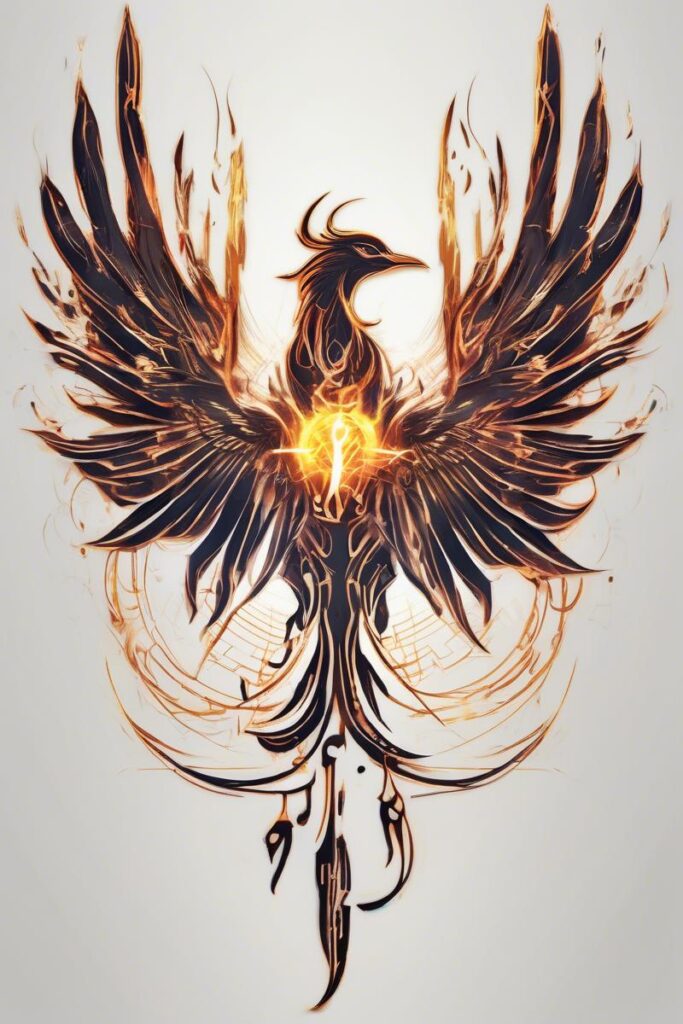
📖 Want to explore how the phoenix appears in other world myths—from China to Greece ?
Click here to read our post “What Does a Phoenix Tattoo Mean?“
Primary sources:
The Book of the Dead: Becoming God in Ancient Egypt;
Hornung, Conceptions of God in Ancient Egypt;
van Over, The Phoenix: An Unnatural Biography of a Mythical Beast
Comments
One response to “Mythical Phoenix Tattoos That Rise Again: Secrets from Egypt’s God of Rebirth”
-
[…] Discover the Egyptian phoenix in: Mythical Phoenix Tattoos That Rise Again: Secrets from Egypt’s God of Rebirth […]
Leave a Reply